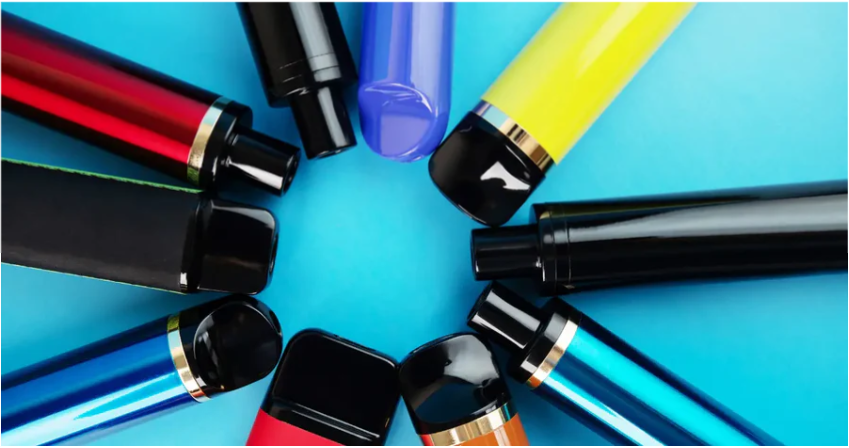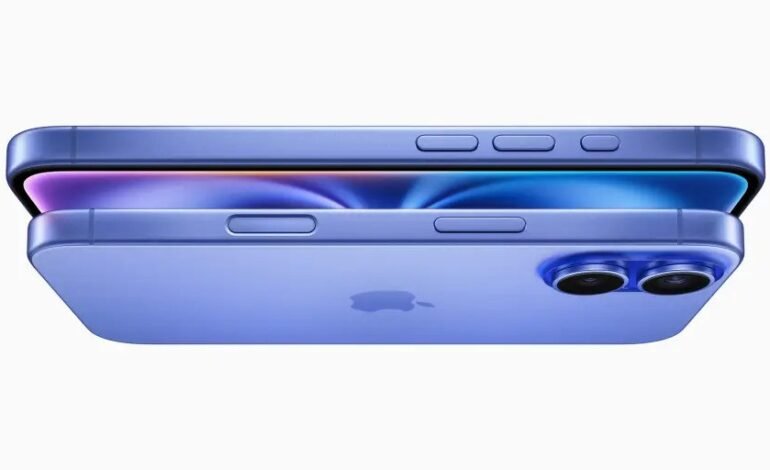
Apple’s iPhone 16 Event Recap: New iPhones, Apple Watches, and AirPods
Apple’s fall event brought new iPhones, Apple Watches, and AirPods, including iPhone 16 models with updated cameras and a new side button that lets you snap photos and videos with one hand.
Wirecutter was on the ground at Apple Park in Cupertino, California, to cover all the news.
In addition to Apple Watches with larger, thinner displays, we’re also looking forward to testing an upcoming software update that will bring hearing aid features to the AirPods Pro 2. We’ll also look into the newest features available on iOS 18, which will be available as a software update on September 16.
Here’s everything that Apple announced at its September 9 event:
iPhone 16 and 16 Plus
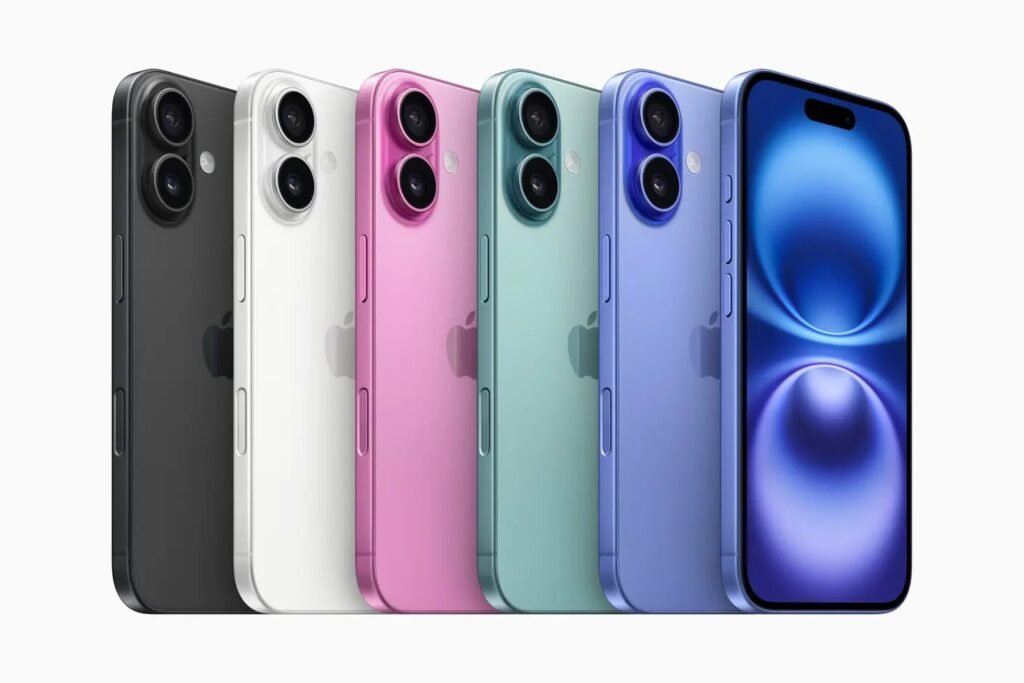
Apple announced the iPhone 16 and 16 Plus, which come with redesigned cameras, a new Camera Control button, and the Action button previously found only on Pro models. The company claims that the phones are designed for a suite of new artificial intelligence features, though many won’t be available until later this fall or next year.
The iPhone 16 has a 6.1-inch display, and the 16 Plus offers a 6.7-inch display, both of which are capable of up to 2,000 nits of maximum brightness. They also have a Ceramic Shield display, which Apple cites as being 50% tougher than its predecessors (though we might still recommend a screen protector). The 16 and 16 Plus are powered by Apple’s latest A18 chip, which is more power-efficient, can support high-end gaming, and claims to offer up to 30% faster performance than last year’s processor.
Both new iPhones have a Camera Control button that can quickly launch the camera to snap a photo or shoot a video. A light press brings up zoom controls–swipe from left to right to zoom in or out. Later this year, clicking and holding the button will enable a Visual Intelligence feature, which will look very familiar to Android users. The Google Lens–like visual search allows you to find real-time information about whatever your camera is pointed at. You can look up places and things you walk by, for example, or convert a physical flyer into an event on your phone.
Aside from the new Camera Capture button, the iPhone 16 and 16 Plus also gain the iPhone 15 Pro’s customizable Action button. You can customize it to open features such as the flashlight or Voice Memos, or use it in an app to launch a relevant tool.
The iPhone 16 and 16 Plus have a new vertically stacked rear-camera system with a 48-megapixel Fusion camera incorporating a 12-megapixel telephoto lens with 2x optical zoom, plus a 12-megapixel ultrawide. The two cameras offer a total of four focal lengths, are capable of close-up macro photos, and support spatial capture to view on the Apple Vision Pro.

But Apple spent the lion’s share of its iPhone 16 and 16 Plus announcement focusing on some of the AI features coming to the iPhone, including automated AI-generated email summaries, automated photo library sorting, and more conversational search functionality with Siri. AI-generated emoji and writing-suggestion tools are also coming soon. Apple is promising industry-leading privacy protections for these features using a combination of on-device AI processing and Apple Silicon–based servers. But you’ll have to wait to try things out, as many of Apple’s high-profile AI features are expected to roll out in iOS 18.1 later this fall, while others will roll out early next year.
The iPhone 16 starts at $800, and the iPhone 16 Plus starts at $900. They will be available for preorder on September 13 and will hit stores on September 20.
iPhone 16 Pro and Pro Max
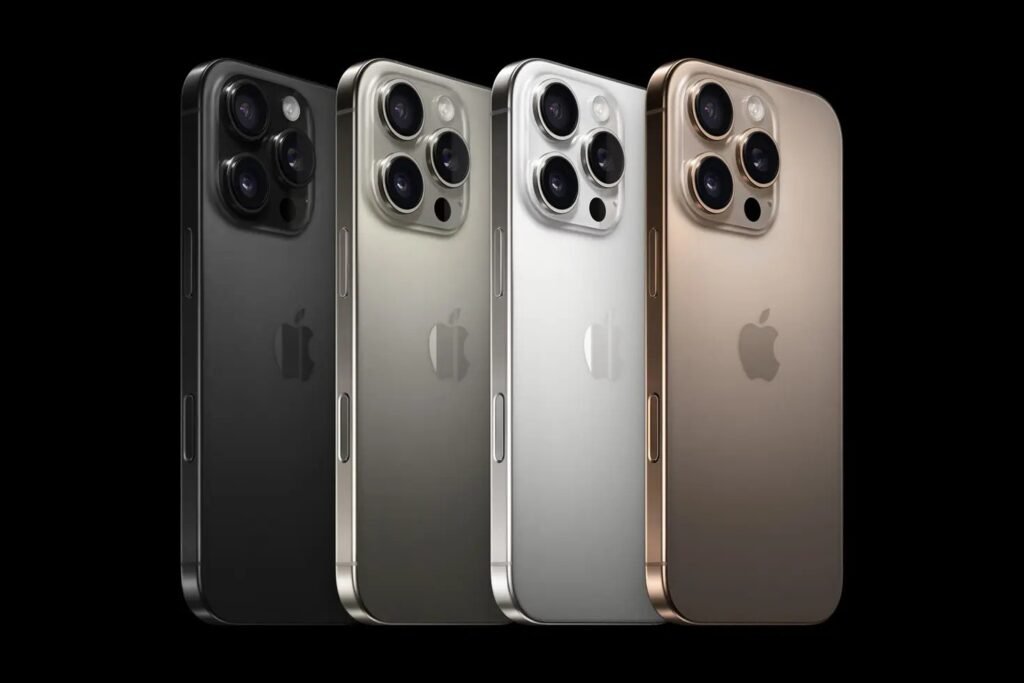
Apple’s new iPhone 16 Pro and Pro Max phones lean heavily toward high-end content creation with features that go above and beyond the needs of most people looking to buy a phone in 2024.
Both iPhone 16 Pro models have smaller bezels and increased screen sizes, with the 16 Pro’s screen size going from 6.1 inches to 6.3 inches and the 16 Pro Max going from 6.7 inches to 6.9 inches. The 16 Pro models come in new titanium colors and bring over the Camera Control button from the standard iPhone 16 models. Both 16 Pro models run on Apple’s latest A18 Pro chip, which is more power-efficient and can handle more high-end gaming, including the addition of raytracing support and better performance for “console-quality” experiences in games like Assassin’s Creed.

Both Pro models have an updated rear-camera setup that includes a 48-megapixel Fusion camera, a 48-megapixel ultrawide, and a 12-megapixel telephoto with 5x optical zoom (a first for the smaller Pro model, which has typically been limited to a 3x optical zoom). In addition, the 16 Pro and Pro Max cameras can capture full 48-megapixel-resolution photos and can capture video in 4K at 120 fps for more high-quality slow motion.
Apple is offering more powerful mics inside the iPhone 16 Pro and Pro Max. They were demonstrated via a pair of new features, including an updated, upcoming Voice Notes app, which adds the ability to create layered recordings (which Apple demoed by showing someone singing over prerecorded audio of a song idea played on a guitar). Apple also demonstrated powerful new audio-recording features within the camera app, which allows for different kinds of processing and clearer voice audio in recordings to better reflect various environments and production needs.
The iPhone 16 Pro starts at $1,000, and the iPhone 16 Pro Max starts at $1,200. Preorders begin September 13, and the phones will go on sale in-store on September 20.
Apple Intelligence availability
iOS 18, which will give you full iPhone home-screen customization control and the ability to send scheduled texts in Messages, rolls out as a free software upgrade on Monday, September 16.
Apple’s AI features, which are limited to the iPhone 16 lineup and iPhone 15 Pro models, will roll out in a later iOS 18.1 software update in October. Apple Intelligence will also be available on iPads and Macs with the iPadOS 18.1 and macOS Sequoia upgrades.
Among the Apple Intelligence features coming soon is one that will let you use generative AI to rewrite, edit, or summarize text. You’ll also be able to search for specific photos and edit objects out of them. And AI will be able to summarize notifications and decide which ones are most important for you to see.
Apple Watch Series 10

Ten years after the first Apple Watch was announced, Apple took the wraps off the new Apple Watch Series 10, which the company says has the “biggest wearable display” it has ever put in a watch—even bigger than last year’s Apple Watch Ultra 2—and is also the thinnest Apple Watch ever.
The screen has more-rounded corners in comparison with previous Apple Watches. The display is also up to 40% brighter when viewed at an angle, so you don’t have to lift your wrist to see information at a glance. It should also feel more, well, like a watch, with seconds visible when your wrist is down.

The Series 10 is 9.7 millimeters thick—10% thinner than the Series 9. It has smaller speakers to fit in that sleeker case size, though Apple says the audio quality remains the same. You’ll also be able to listen to audio such as podcasts or music directly from the speakers instead of using Bluetooth earbuds. (The jury is still out on whether that will be a good thing.)
The Series 10 also gains a new health feature: sleep apnea detection. The Apple Watch will use its accelerometer to detect breathing disturbances if you wear it while sleeping. Every 30 days you’ll receive a report with an alert if the watch has detected sleep disruptions, which you can then show to a physician. Sleep apnea notifications will also be available on the Series 9 and Ultra 2, so you don’t need to upgrade to a new watch for the health feature.
The Series 10 is powered by Apple’s new S10 chip and will ship with watchOS 11, which has intelligent features such as a machine-learning-powered translation app.
The Series 10 comes in a new polished-aluminum black color, rose gold, and the classic silver aluminum. And it now comes in a titanium finish instead of stainless steel, which makes it weigh 20% less than the stainless steel Series 9. It comes in gold, silver, and space grey.
The watch goes on sale September 20 starting at $400 and is available to preorder today.
Apple also announced that the Apple Watch Ultra 2 is sticking around and will now come in a black titanium finish in addition to silver. The new finish is available to preorder today for $800 and will be in stores on September 20.
AirPods 4
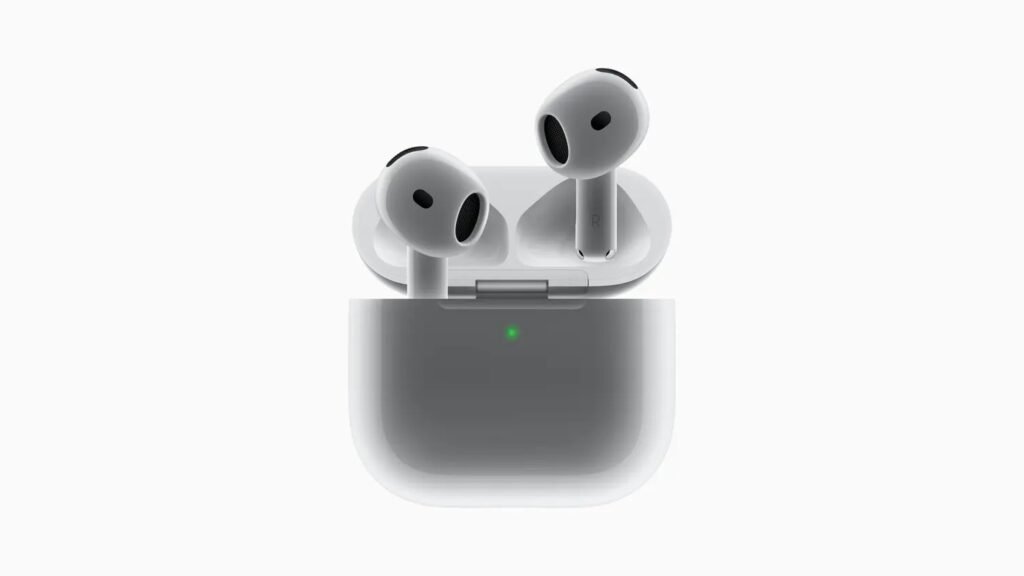
Apple’s basic AirPods are getting a redesign with shorter stems, a more ergonomic design, and an H2 chip. Apple said the new AirPods 4 will have more bass and high-frequency clarity and will support spatial audio. Built-in accelerometers will let you answer or reject calls with a head shake. Apple says the new AirPods will use machine learning to reduce background noise and improve phone call clarity. The $130 AirPods 4 will come in a smaller case that charges via USB-C.
A $180 version of the AirPods will add active noise cancellation and transparency mode with adaptive audio to the basic unsealed AirPods design. The charging case can itself charge via wireless charging or USB-C, and it adds a speaker for Find My functionality.
Both versions of the AirPods 4 are available for preorder now and will be available in stores on September 20.
AirPods Max
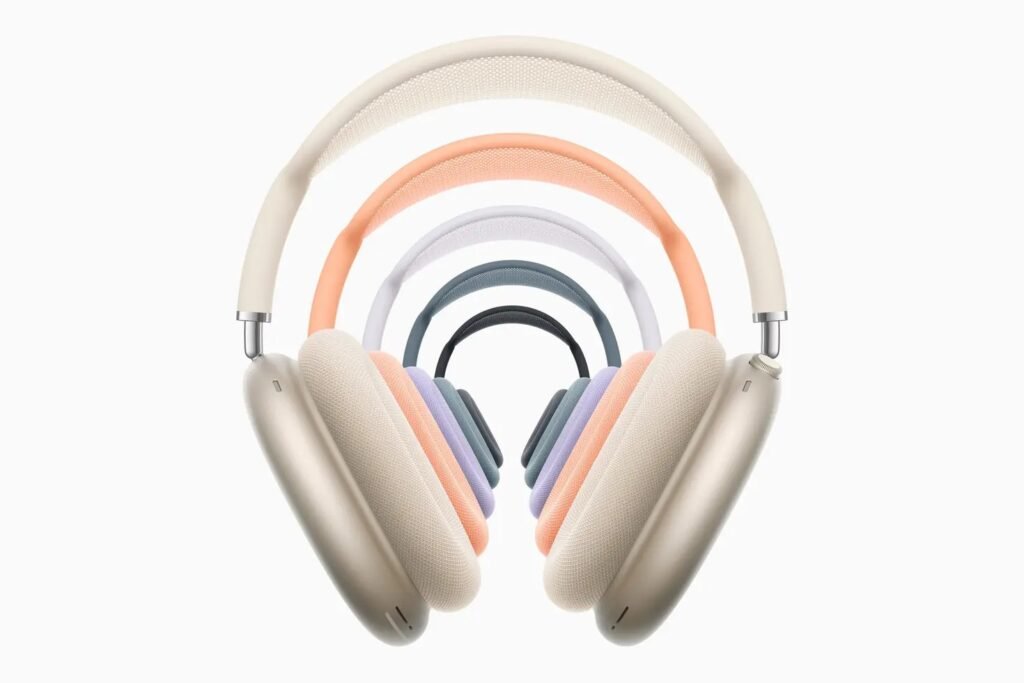
A new AirPods Max pair is coming, too. Apple’s $550 over-ear headphones will now come in a host of new colors: black, blue, purple, and orange. The headphones have a button that lets you switch between the Active Noise Cancellation and Transparency modes, depending on whether you’d like to hear ambient noise. Disappointingly, Apple didn’t add a power-off button, a new case, or a more padded headband.
The new headphones finally come equipped with USB-C charging.
They will be available September 20 and can be preordered now.
AirPods Pro 2 hearing-health features
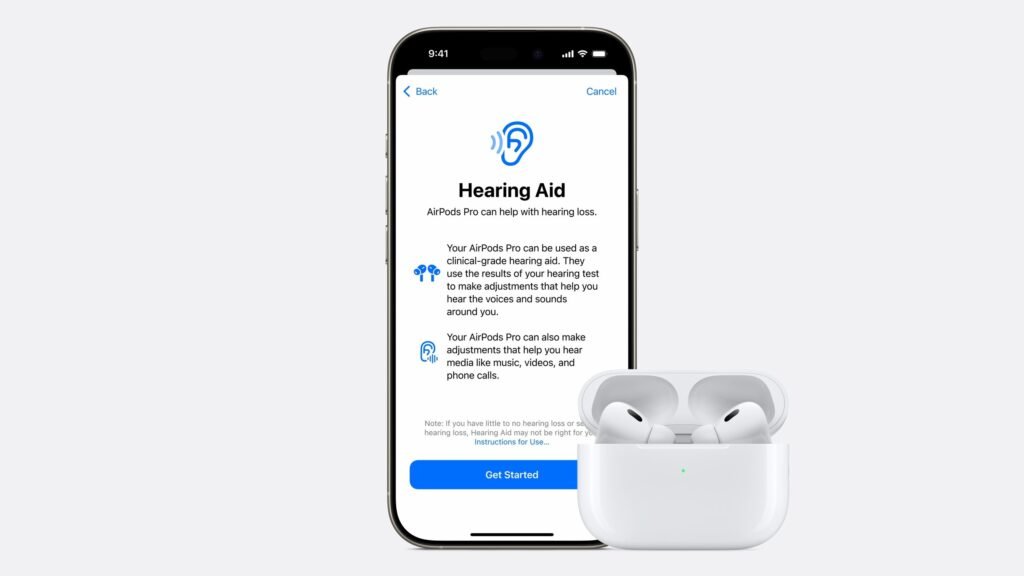
Apple’s AirPods Pro 2 will get a software update this fall that adds hearing-health features. The update will bring a “clinically validated” hearing test and OTC “clinical grade” hearing aid functionality. The software update also includes a Hearing Protection mode, which Apple says can reduce exposure to damaging environmental noise.
The hearing test, which you can perform on an iPhone at home in about five minutes, looks for hearing loss. If the test results show that someone has mild or moderate hearing loss, the AirPods can instantly be set up as hearing aids that customize music, voices, and other sounds to be easier to hear.
Though the AirPods’ battery life doesn’t last long enough for the wearer to use these hearing-assistance features all day, this may be a good entry point for people at the earliest stages of hearing loss who need only occasional amplification. The hearing aid features will be in AirPods Pro 2 and iOS 18 this fall, and we plan to test them with our hearing aid panel as soon as the update is released.






